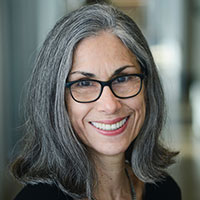Projects
National Center for Tumor Diseases
Across the Neckar River from Heidelberg's medieval heart, cancer researchers and patients come together in a contemporary environment.
Read More
Copyright ©2024. All Rights Reserved BNP Media.
Design, CMS, Hosting & Web Development :: ePublishing


